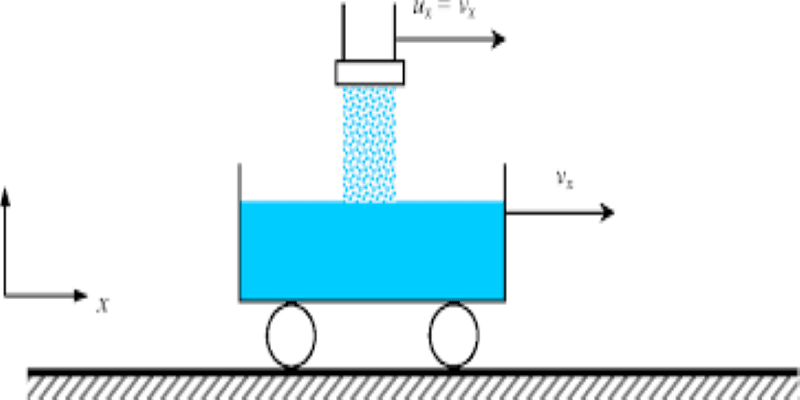Who this course is for:
- Undergraduate students enrolled in a Dynamics course
- Professionals studying to take the Fundamentals of Engineering Exam
- Anyone interested in applying mathematics to study the motion of bodies

Dynamics is the study of bodies in motion. In this course, we will cover all the derivations you need for particle motion. In addition, we will work through many examples of each topic.
What is Dynamics and how will it help me?
Dynamics is typically the second or third engineering mechanics course taught in university-level engineering programs. It is the study of objects in motion. Dynamics are important in the development of problem-solving skills. The material and thought processes learned in this class will be of great benefit to you in any other application where you are analyzing objects and their motion.
What will I learn in this course?
This is Part 2 of my Dynamics series. Part 1 covers the motion of particles. This course covers the motion of rigid bodies.
Some of the topics we will cover:
Section 1: Kinematics of Rigid Bodies
Section 2: Kinetics of Rigid Bodies
Why is this course better than the others?
Have you ever been in a class and been frustrated by the lack of fully worked examples? This will not be that class. I understand the frustration – I used to feel the same way. Because of that, I teach my classes in a way that I would’ve preferred as a student. Handwritten notes, simple explanations, and plenty of examples in a variety of difficulty levels. You will not find PowerPoint slides here.
